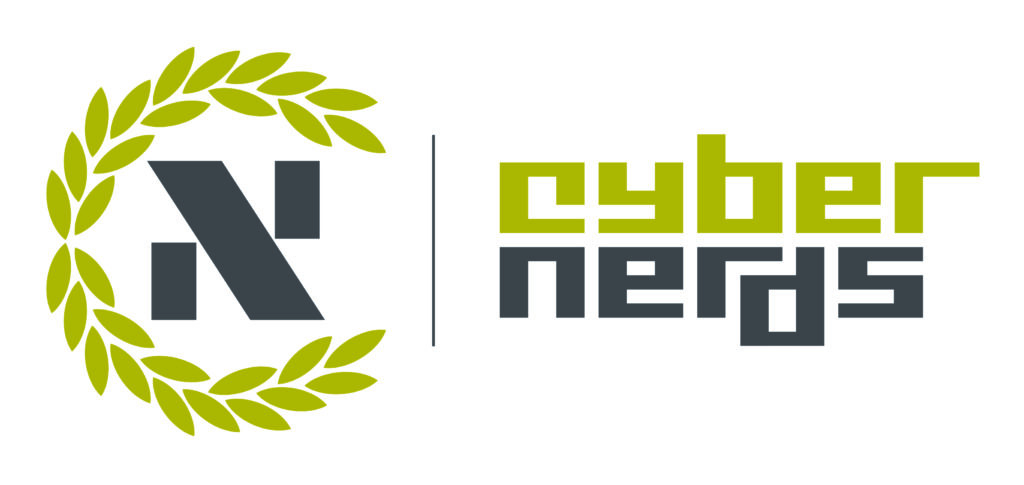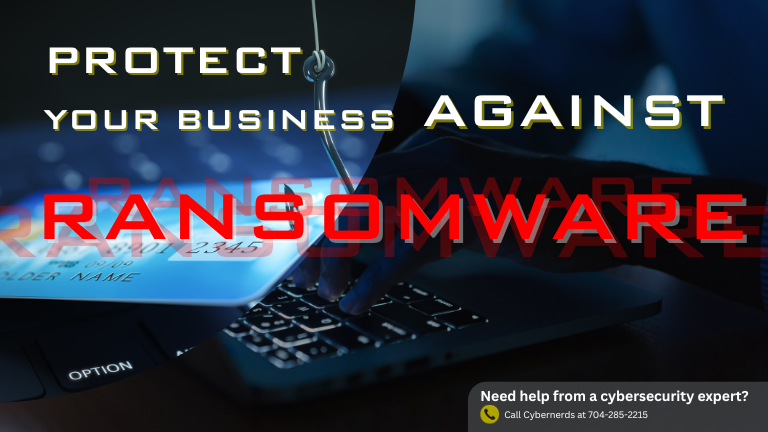Patch Management: A Critical Component of Cybersecurity
Patch management is the process of identifying, evaluating, and installing software updates and security patches to computer systems and networks. It is an essential component of cybersecurity, as it helps to protect organizations from known vulnerabilities and exploits.

Why is patch management important?
Patch management is important for several reasons. First, it helps to protect organizations from known vulnerabilities. Software vendors and security researchers regularly discover vulnerabilities in software. These vulnerabilities can be exploited by attackers to gain access to systems and networks, steal data, or launch ransomware attacks. By installing security patches, organizations can close these vulnerabilities and protect themselves from attackSecond, patch management helps to improve system performance and reliability. Software updates often include bug fixes and performance improvements. By installing software updates, organizations can improve the performance and reliability of their systems, which can lead to increased productivity and reduced downtime.
Finally, patch management helps to comply with industry regulations. Many industries have regulations that require organizations to implement and maintain a patch management program. For example, the Payment Card Industry Data Security Standard (PCI DSS) requires organizations to install security patches within one month of their release

Benefits of patch management
There are many benefits to implementing a patch management program. These benefits include:
- Improved security: Patch management helps to protect organizations from known vulnerabilities and exploits.
- Reduced risk of data breaches: Patch management can help to reduce the risk of data breaches by closing security vulnerabilities.
- Improved system performance and reliability: Software updates often include bug fixes and performance improvements. By installing software updates, organizations can improve the performance and reliability of their systems.
- Reduced downtime: Patch management can help to reduce downtime by preventing system failures and data breaches.
- Compliance with industry regulations: Many industries have regulations that require organizations to implement and maintain a patch management program.

How to implement a patch management program
There are a number of steps that organizations can take to implement a patch management program. These steps include:
- Identify your assets: The first step is to identify all of the software and systems that need to be patched. This includes operating systems, applications, firmware, and security devices.
- Prioritize your patches: Not all patches are created equal. Some patches are more critical than others, depending on the severity of the vulnerabilities that they address. Organizations should prioritize their patches to ensure that the most critical vulnerabilities are patched first.
- Test your patches: Before installing patches, it is important to test them in a non-production environment to ensure that they do not cause any problems.
- Deploy your patches: Once patches have been tested, they can be deployed to production systems. Organizations should use a patch management tool to automate the deployment process.
- Monitor your patches: Once patches have been deployed, it is important to monitor them to ensure that they have been installed successfully. Organizations should also monitor for new vulnerabilities and patches.
Conclusion
Patch management is an essential component of cybersecurity. By implementing a patch management program, organizations can protect themselves from known vulnerabilities and exploits, improve system performance and reliability, and comply with industry regulations.
Additional tips for patch management
- Use a patch management tool: A patch management tool can help organizations to automate the patch management process, including patch identification, prioritization, testing, deployment, and monitoring.
- Keep your patch management tool up to date: Patch management tools are regularly updated to support new software and operating systems. Organizations should ensure that their patch management tool is up to date to ensure that they are able to patch all of their systems.
- Educate your users: Users can play an important role in patch management. Organizations should educate their users on the importance of patch management and how to keep their systems up to date.
By following these tips, organizations can implement a comprehensive patch management program that will help them protect their systems and data from cyberattacks.At Cybernerds, we help businesses implement patch management solutions that improve systems performance and minimize the threats caused by bad actors. Reach out to us to see how we can help you implement and maintain a patch management process that will protect your organization.





